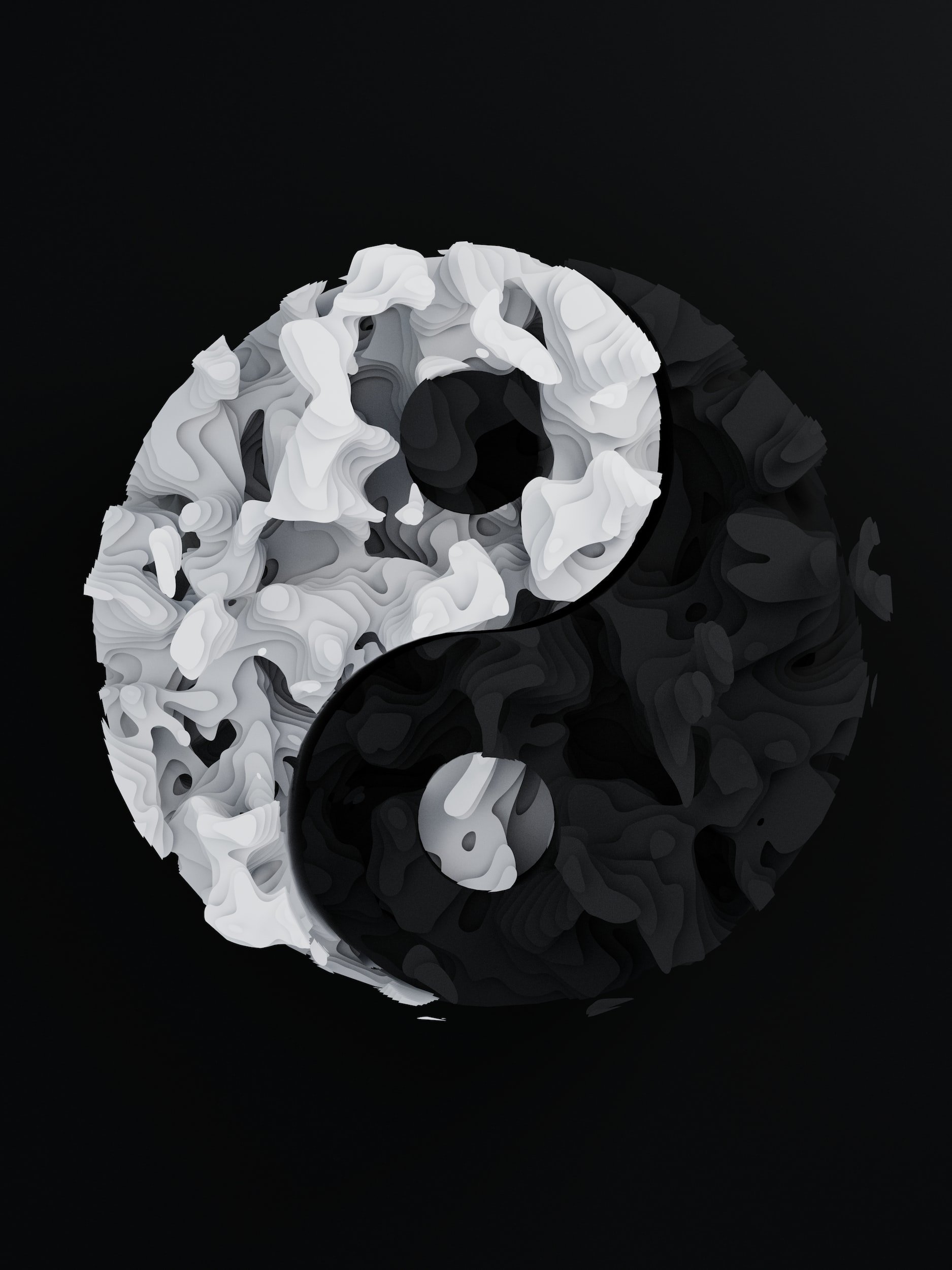The biggest shift occurred when I stepped out of Yoga class one evening. I could hear the birds singing, the wind blowing, the cool evening air on my face. Were there birds here before? Was the wind always so gentle? I'd never been aware like this before. And I noticed something remarkable within me...my mind was utterly quiet.
This was my first experience with stillness.
As my body became more flexible, I found an unprecedented sense of ease, presence and calm in my mind. Everything in my life started to change for the better, and Yoga became a regular daily practice. You might even say it became an obsession.
I practiced any time I could during the day and started taking all the on-campus Yoga classes I could fit into my schedule at Cal (at that time, Yoga studios were few and far between).
When I went to register for my last semester of classes, I was completely caught off guard - and I honestly credit my daily Yoga practice for this. My advisor reviewed my coursework, closed the book and took off her glasses. She looked up at me and said, "You're done." I couldn't believe it. Somehow I'd already completed all the classes I needed to graduate. She explained that I could either stay on another semester and work on a thesis or graduate early.
The most incredible part of this experience was that I had come this far in the absence of the anxiety and depression that had distracted me in my life for so long. I felt a sense of inner peace that grew stronger each and every day I breathed through a practice.
I decided to graduate early and commit to Yoga fully. I registered for a one month Yoga teacher training in San Francisco and subsequently started teaching at local studios throughout the Peninsula. Within two years, I co-founded Yoga of Los Altos, the first Yoga studio in Los Altos, California. Soon thereafter I sold the business and began my studies in Chinese Medicine, which in time led me to meet my husband, Salvador, and to co-create the beautiful community at A Center for Natural Healing. To this day, the heart and soul of my work is in understanding the mind-body connection that I was introduced to through Yoga.
Now, I'm not saying that life becomes easy when you practice Yoga.
Challenges will arise whether or not you practice. But having a consistent practice provides you with tools to better deal with the natural ebbs and flows of life. And that makes life a lot more enjoyable.
I'm sharing this story to exhibit the power of a regular Yoga practice, and to empower you to make positive changes in your life.
Moving your body in the right way can transform your life.
What is the right way to move your body? In coordination with your breath. So whether it's Yoga, Qi Gong, Taiji, or any type of moving Meditation practice, activate the breath of life and your life will unfold in ways you never imagined possible. And these changes can be as simple as a more steady mental-emotional state.
The Mind-Body-Breath Connection According to Chinese Medicine
According to Chinese Medicine, the Lungs are in charge of respiration and are the organs responsible for processing grief. When the Lungs are weak, they hold grief and thus increase our experience of depression.
The Liver governs the smooth flow of Qi and regulates the emotions, especially anger. The Liver channel runs through the diaphragm, which separates the thoracic cavity that contains the heart and lungs, from the abdominal cavity.
The diaphragm is crucial for respiration. As it contracts, the thoracic cavity expands and air is drawn into the lungs. If the diaphragm is tight or constricted, its proper contraction becomes inhibited and thus less air flows into the lungs.
A tight diaphragm indicates Liver Qi (energy) stagnation and can cause Lung Qi (energy) deficiency. As a result, we may feel angry, anxious and depressed.
Conventional aerobic exercise pumps oxygen into the lungs temporarily but does not demand the mind-body connection of practices like Yoga, which focus on deep breathing to improve the overall health of the lungs.
Deep breathing also regulates the autonomic nervous system so it's not stuck in a hyper-sympathetic stress state. This allows for the Liver to relax so it can smooth the movement of Qi throughout the body. The result is a more calm and relaxed mental and emotional state as well as improved organ function for healthy digestion, elimination, and sleep.
Coordinating body movements with the breath cools the heat that may otherwise build up in the Liver due to excess strain during exercise. As a result, exercises such as Yoga, Taiji and Qi Gong that coordinate breath with movement can transform your mood and improve mental clarity. And since heat drives inflammation and stress, which are both major causes of disease, this transformation improves your health on all levels.
Deeper breaths. Calmer mind. Stable emotions. Better health.
That's the power of Yoga and movement practices done mindfully to coordinate the body with the breath.



